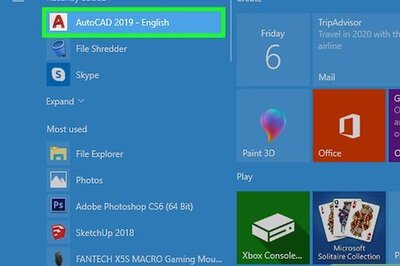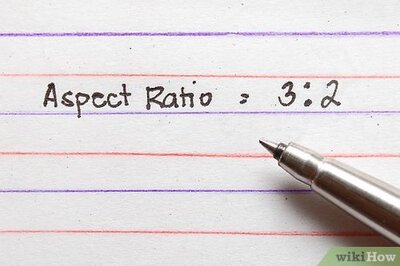
views
Sriharikota (Andhra Pradesh): India launched the Chandrayaan-2 moon mission into space on Monday to perform a soft landing of a rover on the moon, the country's most ambitious mission yet to cement its position as a leading low-cost space power.
The Rs 10 billion ($146 million) mission, if successful, will enable India to carry out studies on the presence of water on the south pole of the moon. Only the United States, Russia and China have been on the moon.
But why the south pole of the moon? At the outset, it must be noted that a soft landing on the lunar surface is a tricky affair. Indicating the challenges involved in soft landing, which will feature a series of critical manoeuvres by scientists, ISRO Chairman K Sivan had scientists will undergo about "15 minutes of terror (filled moments)."
"Chandrayaan-2 is the next leap in technology as we attempt to soft land close to south pole of the moon. The soft landing is extremely complex and we will experience approximately 15 minutes of terror," he had said days before the aborted attempt to launch Chandrayaan 2 on July 16.
According to ISRO, the lunar south pole is an interesting surface area which remains in shadow than north pole. There is a possibility of the presence of water in permanently shadowed areas around it, the agency said, adding craters in the south pole region have cold traps and contain fossil record of the early solar system.
ISRO officials said the challenges involved in the moon landing are identifying trajectory accurately; taking up deep space communication; trans-lunar injection, orbiting around the moon, taking up soft landing on the moon surface and facing extreme temperatures and vacuum.
Scientists have pegged to make the landing of lander 'Vikram' on September 6 and then undertake a series of complex manoeuvres comprising "rough braking" and "fine braking."
A safe site free of hazards for landing would be decided based on pictures sent back by the camera onboard the lander and after touchdown, the rover will carry out experiments for 14 Earth days.

















Comments
0 comment